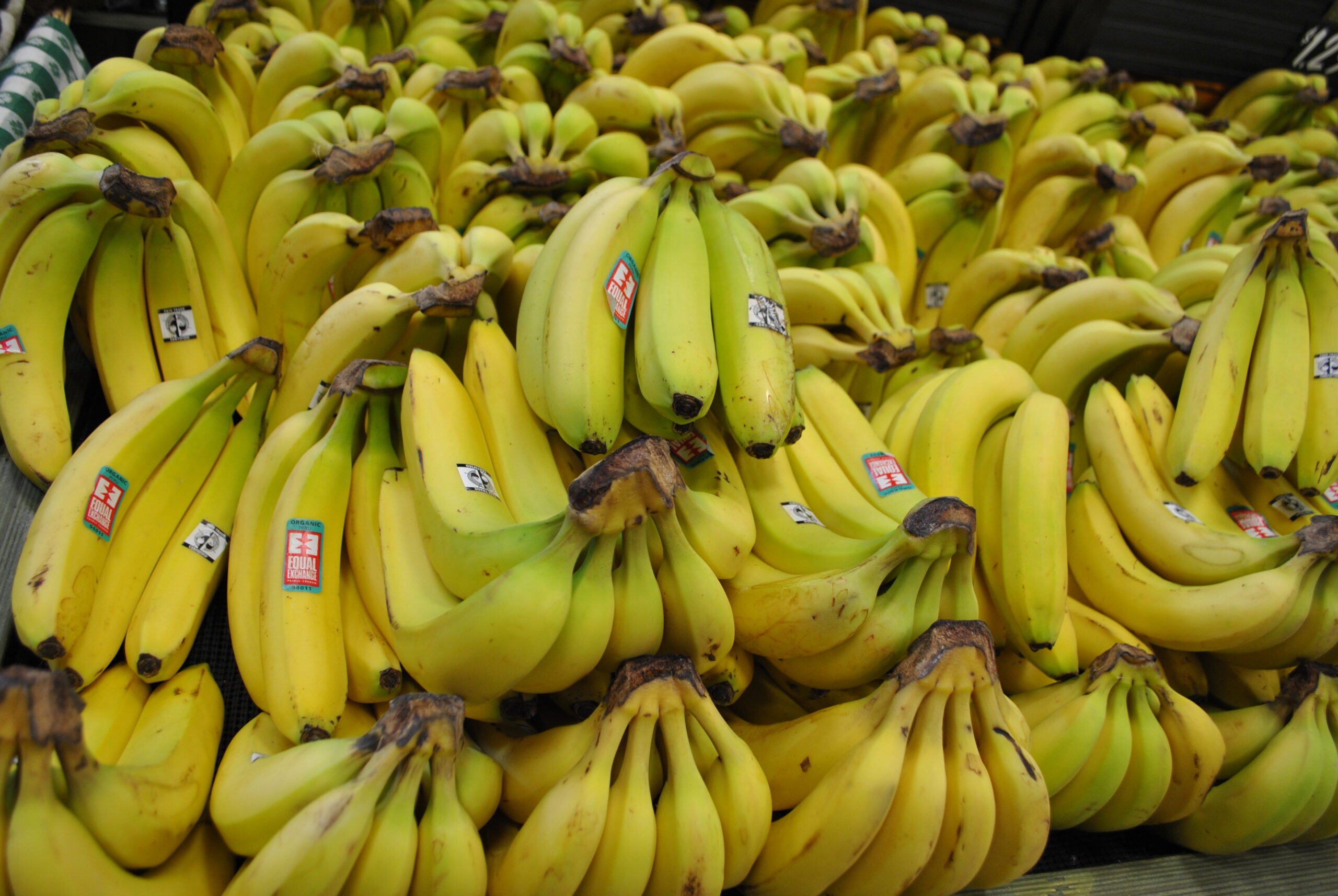Is it a creepy octopus hand?
When glancing at this picture, one would think this strange, yellow apparatus is part of a Halloween display, perhaps representing some ghoulishly freakish goblin fingers. Yet I bet the last thing you would guess is that this large yellow spindly thing is edible and that it is actually a fruit. Called Buddha fingers or Buddha’s hand, this fruit is a member of the citrus family although it looks nothing like an orange, lemon or lime. It also features bright yellow, segmented finger-like sections with a thick peel, which can infiltrate any room with a strong, fragrant, citrus aroma. In fact, in Asian countries, a primary use for this fruit is as an air freshener along with it being the base of perfumes and fragrances.
Yet similar to traditional citrus, one can eat Buddha’s hand, but not necessarily directly as people commonly use it to flavor and enhance dishes with its lemony distinctions. People can use the thick rind raw or cooked in the same way one would use an ordinary lemon rind, adding it to desserts, salads, sauces, dressings, teas, marmalades and savory dishes. Strangely, Buddha’s hand is all rind and it does not contain a juicy center or seeds as other citrus fruit.
For preparation, simply slice the rind into pieces and add them raw or cooked to your desired dish. Buddha’s hand is chock full of vitamins and minerals such as calcium, fiber, phosphorus and Vitamin C.
Yet if this yellow octopus-like hand doesn’t creep you out, you can use it as an aromatic centerpiece. It definitely would make a great conversation starter, especially coupled with using it in a dish for your guests to try! It definitely would be a fruitful way to add some tropical zest to these dreary winter days.
Buddha Fingers are $6.99 each, while supplies last at Valley Natural Foods.
Fun Fact: Traditionally, this fruit was given as a religious offering at Buddhist temples where it is said Buddha desired the finger-like segments to be in a closed position, symbolizing closed hands in prayer.




